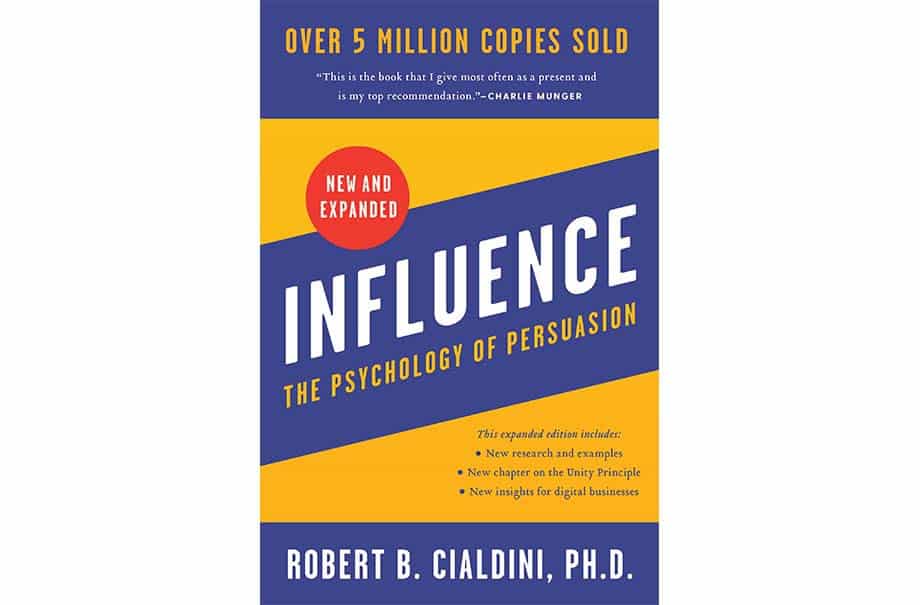- Mental models are frameworks for understanding, explaining, and predicting the world.
- They are useful for decision-making and problem-solving.
Key Influences and Sources
- Shane Parrish: Author of “Clear Thinking” and “Mental Models.”
- Warren Buffett and Charlie Munger: Investors known for using mental models.
- Chris Williamson and George Mack: Discuss mental models on the “Modern Wisdom” podcast.
- Naval Ravikant: Author of “The Almanac of Naval Ravikant.”
- Annie Duke: Former poker player and author of “Thinking in Bets.”
- Nassim Nicholas Taleb: Author of “The Black Swan” and “Antifragile.”
- Others: Alex Hormozi, Rob Henderson, Dr. Richard Bandler.
25 Mental Models
- Affective Realism
- Our emotions influence how we perceive reality.
- Example: Feeling “hangry” changes our interpretation of events.
- The Law of Contrast
- We evaluate things by comparing them to others.
- Example: A 50% raise feels less impressive if others get 75%.
- Doublethink
- Holding two contradictory beliefs simultaneously.
- Useful for seeing multiple perspectives.
- Signal vs. Noise
- Distinguishing useful information (signal) from background chatter (noise).
- Example: Identifying valuable insights in a book full of filler.
- Rational Optimism
- Being optimistic based on evidence and data.
- Example: Recognizing global improvements despite negative news.
- First Principles Thinking
- Breaking down problems to their fundamental components.
- Example: Elon Musk’s approach to reducing battery costs for electric cars.
- The Law of Causes and Effects
- Multiple factors contribute to any outcome.
- Example: Various causes of World War I.
- Leverage
- Using skills or resources to maximize impact.
- Example: Coding and content creation.
- Antifragility
- Benefiting from stress and adversity.
- Example: Muscles growing stronger after being broken down.
- Zero-Based Thinking
- Starting from scratch to rethink problems.
- Example: Rethinking business strategies from a beginner’s perspective.
- Forcing Functions
- Creating conditions that force desired behaviors.
- Example: Automatically saving a portion of income for taxes.
- The Law of Motivational Beliefs
- People believe what they want to believe.
- Example: Changing minds by appealing to desires.
- Blue Ocean Thinking
- Finding uncontested market spaces.
- Example: Cirque du Soleil combining circus and musical elements.
- Reflexivity
- Actions influence the environment, which in turn influences actions.
- Example: Emotional states affecting decision-making.
- Inversion
- Considering the opposite of what you want to achieve.
- Example: To be happy, think about what causes sadness and avoid it.
- Agency Math
- Calculating what you can control, influence, or can’t control.
- Example: Focusing on controllable aspects to reduce stress.
- Ockham’s Razor
- The simplest solution is often the correct one.
- Example: Simplifying complex problems to find solutions.
- Gawdat’s Formula for Happiness
- Happiness equals perception minus expectations.
- Example: Managing expectations to increase happiness.
- The Law of Reverse Effort
- Trying too hard can make things worse.
- Example: The harder you try to sleep, the harder it becomes.
- Meaningful Metrics
- Using the right metrics to measure success.
- Example: Focusing on health metrics rather than social media likes.
- Grit vs. Quit
- Knowing when to persevere and when to walk away.
- Example: Balancing passion and perseverance with practical decisions.
- Narcissism Razor
- People are more focused on themselves than on you.
- Example: Realizing others are not constantly judging you.
- Friction Reduction
- Making desired behaviors easier and undesired behaviors harder.
- Example: Making healthy food more accessible than junk food.
- Emotional Blindness Triggers
- When we feel strongly about something, we can become blinded and irrational.
- Example: A hot topic that you have a strong take on and refuse to listen to a different perspective.
- The Notion of Compounding
- When you make small, consistent improvements, over time, they add up to something significantly better.
- Example: Lift an extra couple of lbs every workout, and you’ll be lifting much bigger weights by the end of the year.
Podcast: Play in new window | Download







